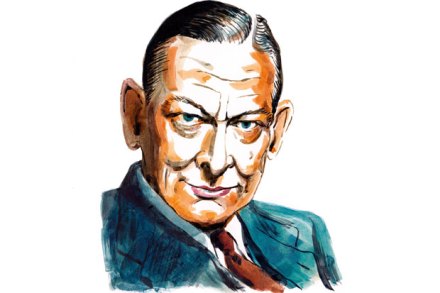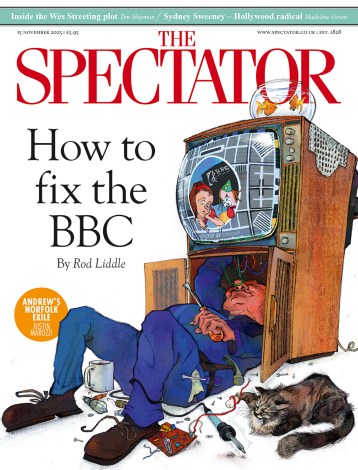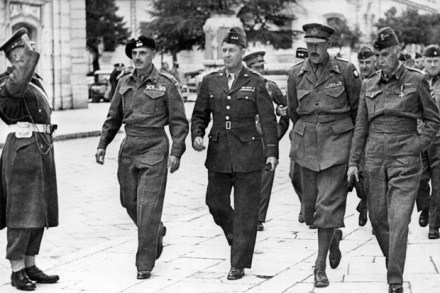Casual, funny, flirtatious, severe
When The Waste Land first appeared, there were rumours that it was a hoax. It seemed so strange: 400 lines in many languages, and even the sections that were in English looked as if the author was only teasing. ‘Twit twit twit’ ran one line: ‘Jug jug jug jug jug jug.’ Eliot’s long poem was published first in Criterion in October 1922, and then in an American magazine the following month. Eliot had also sold the rights to publish it as a book, but his publishers feared that the poem alone was too short. To make it a little longer, Eliot added half a dozen pages of sporadic notes. The




















